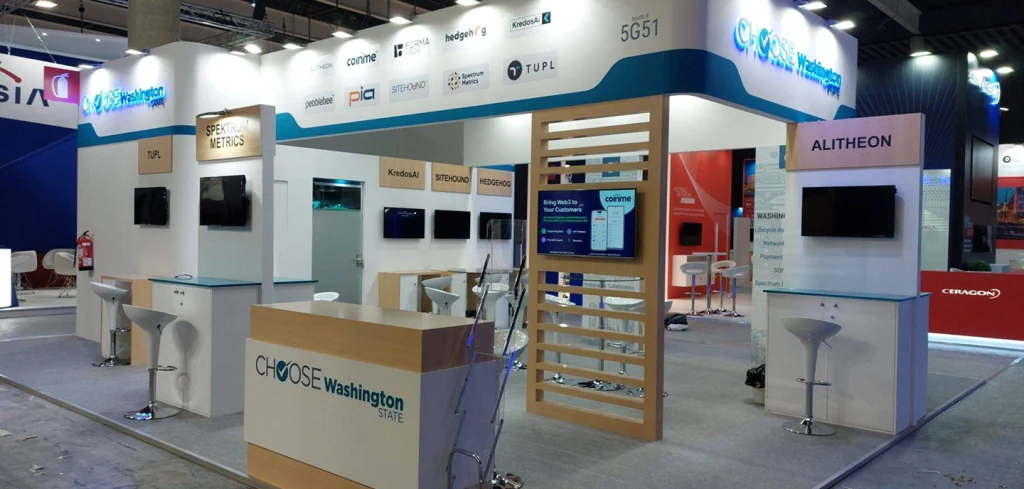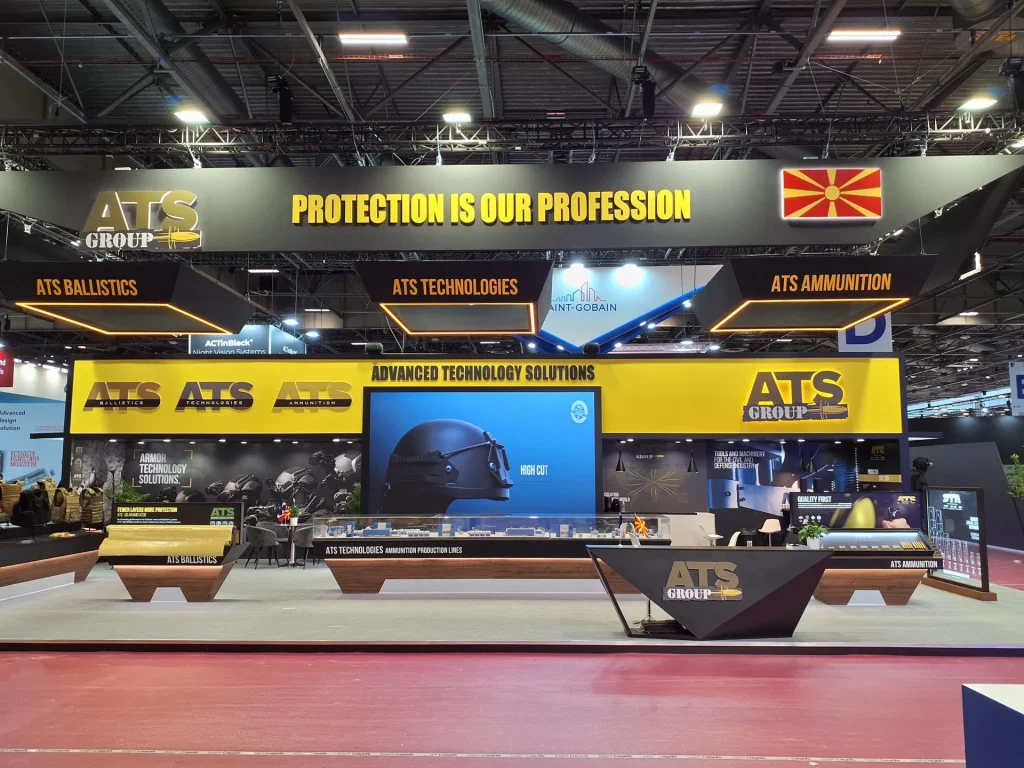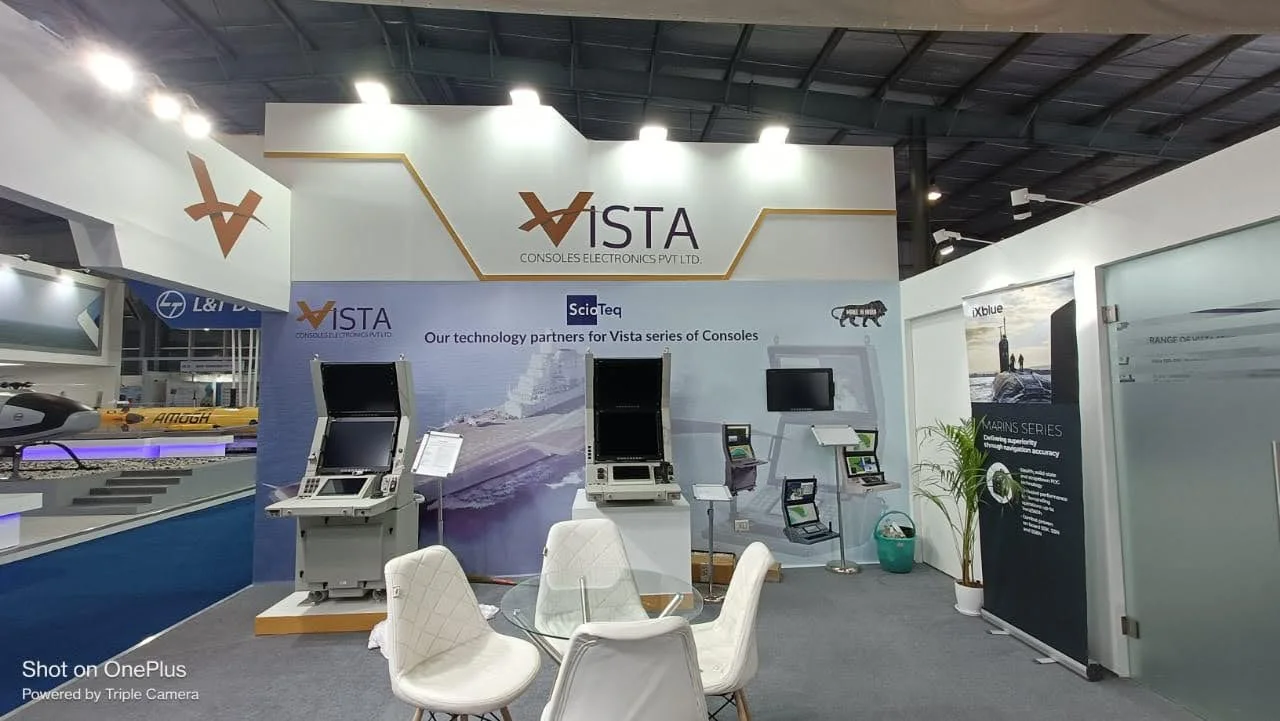
Introduction: Why Booth Layout Matters More Than Ever
A well-designed trade show booth isn’t just about aesthetics—it’s about functionality, visitor flow, and maximizing engagement. At major UK venues like ExCeL London, NEC Birmingham, and Olympia London, exhibitors must strategically design their booth layouts to capture attention, retain interest, and convert visitors into leads.
From open-plan designs that encourage movement to zoned engagement areas that guide visitor flow, understanding the science behind booth layout can significantly impact foot traffic, dwell time, and overall brand perception.
This guide explores how UK exhibitors can optimize trade show booth layouts to create seamless, high-impact experiences.
1. The Open vs. Closed Booth Layout Debate
Why It Matters
The structure of a booth determines how inviting it is and how easily attendees can navigate through it.
Open Booth Layouts: Encouraging Free-Flowing Interaction
- Removes barriers, making the booth more approachable
- Encourages walk-in traffic and spontaneous engagement
- Ideal for brands focusing on experiential activations and networking
Closed Booth Layouts: Creating Exclusivity & Focus
- Controls visitor access, focusing engagement on high-value leads
- Allows for private discussions and product demonstrations
- Best for industries requiring in-depth consultations or confidential meetings
A custom exhibit builder can design booths that balance openness and exclusivity based on exhibitor goals.
2. The Rule of Thirds: Strategic Space Allocation for Booth Functionality
Why It Matters
A well-structured booth ensures that every section serves a clear purpose, preventing overcrowding and maximizing efficiency.
The Ideal Booth Space Breakdown
- 33% for Engagement: Interactive displays, product showcases, or live demos
- 33% for Conversation: Meeting spaces, consultation zones, or networking lounges
- 33% for Branding: Digital screens, signage, and brand storytelling elements
Exhibitors working with a trade show exhibit design company can customize this ratio to align with their brand strategy and visitor engagement goals.
3. High-Traffic Entry Points: Designing for First Impressions
Why It Matters
Attendees decide within seconds whether they want to step into a booth. The entry design plays a crucial role in attracting foot traffic.
Entry Design Best Practices
- Use bold, eye-level signage to clearly communicate the brand’s offering
- Avoid physical barriers at the entrance that create psychological resistance
- Position brand ambassadors near the entrance to encourage interaction
- Use directional lighting to subtly guide visitor movement
A trade show booth builder can help brands create an entry design that naturally draws in high-value visitors.
4. The Power of Engagement Zones: Guiding Visitor Flow
Why It Matters
Without a structured booth flow, attendees can feel overwhelmed or disengaged, leading to missed opportunities.
Effective Booth Flow Strategies
- Primary Attraction Zone: Placed near the entrance, featuring a bold visual hook
- Exploration Zone: Mid-section with interactive product experiences
- Consultation Zone: Private areas for in-depth discussions and lead capture
- Exit Strategy: A dedicated space where visitors receive follow-up materials or schedule meetings
By working with an exhibition booth builder, exhibitors can create seamless movement patterns that keep visitors engaged.
5. Multi-Sensory Experience Integration: Enhancing Engagement
Why It Matters
Trade show booths should engage sight, sound, touch, and even scent to create a lasting impression.
Multi-Sensory Design Strategies
- Ambient Lighting: Warmer tones for a welcoming effect, dynamic LED effects for innovation-focused brands
- Directional Soundscapes: Subtle background audio to enhance brand storytelling
- Tactile Surfaces: Textured walls and hands-on product interactions for a more immersive feel
- Scent Branding: Light, strategic scent diffusers to reinforce memory retention
An experiential booth design company can help brands integrate multi-sensory experiences for maximum impact.
6. Digital-First Booths: Merging Physical and Virtual Engagement
Why It Matters
A hybrid booth approach ensures global audience reach while maintaining strong in-person engagement.
Digital Booth Elements That Enhance Layout
- QR Code Activation Points: Easy access to product details and lead capture
- Augmented Reality (AR) Stations: Allow attendees to explore 3D models of products
- Live Digital Dashboards: Displaying real-time social media mentions and visitor engagement metrics
- Smart Booth Sensors: Tracking foot traffic to optimize booth flow in real time
An exhibition booth design company specializing in digital integration can help seamlessly blend physical and virtual engagement.
7. Booth Size Optimization: Making the Most of Limited Space
Why It Matters
Not all exhibitors have access to large trade show spaces, making efficient space utilization critical.
Space-Saving Booth Strategies
- Vertical Branding: Use hanging structures and digital screens instead of excessive print materials
- Convertible Furniture: Multi-use elements that serve as both display units and meeting spaces
- Modular Booth Design: Adaptable layouts that fit within different space allocations
- Hidden Storage Solutions: Reducing clutter while keeping marketing materials easily accessible
A trade show exhibit design company can create small-format booths that feel expansive and dynamic.
8. Future Trends in Booth Layout Optimization
UK trade show exhibitors are adopting cutting-edge layout strategies to create more intuitive and high-impact booth experiences. Upcoming trends include:
- AI-Optimized Layouts: Smart algorithms suggesting booth configurations based on visitor heatmaps
- Holographic Navigation: 3D wayfinding guides directing attendees to specific product zones
- Adaptive Layouts: Booths that physically transform based on visitor volume and interactions
- Contactless Engagement Spaces: Gesture-based screens and voice-activated information hubs
Exhibitors who embrace these innovations will create trade show experiences that feel intuitive, engaging, and future-ready.
Conclusion: The Blueprint for High-Impact Trade Show Booths
Effective booth layouts combine strategic design, visitor psychology, and cutting-edge engagement tools. Exhibitors looking to maximize foot traffic, lead conversion, and brand recall must:
- Choose an open or structured booth layout based on engagement goals
- Optimize entry points and movement flow for seamless navigation
- Integrate multi-sensory design and digital-first engagement tools
- Maximize space efficiency through modular and convertible designs
- Stay ahead of emerging AI and interactive technology trends
Is Your Booth Designed for Maximum Impact?
Partner with a leading trade show exhibit design company to create a functional, high-impact booth layout that enhances visitor engagement and delivers measurable results.
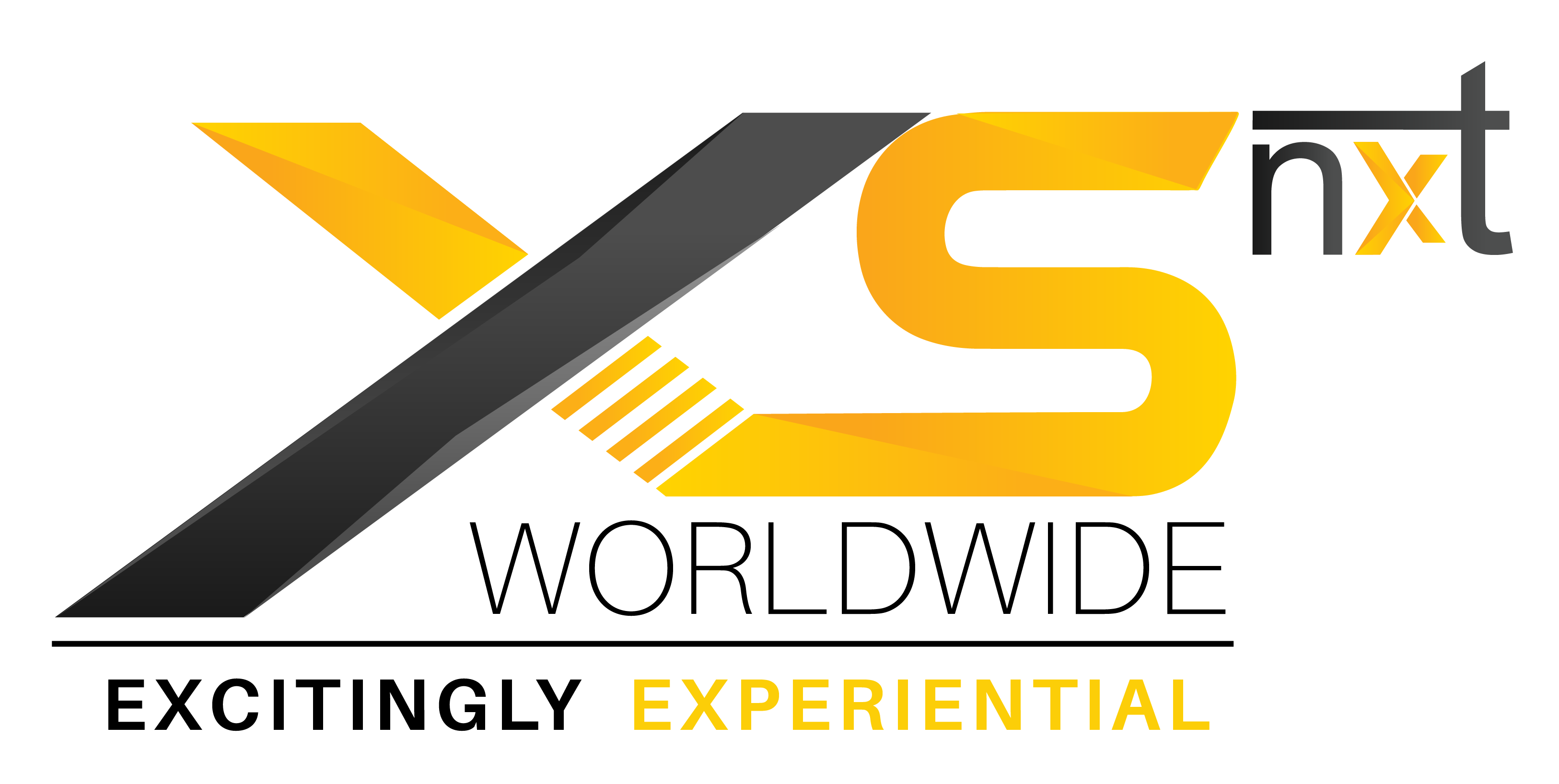
 Global
Global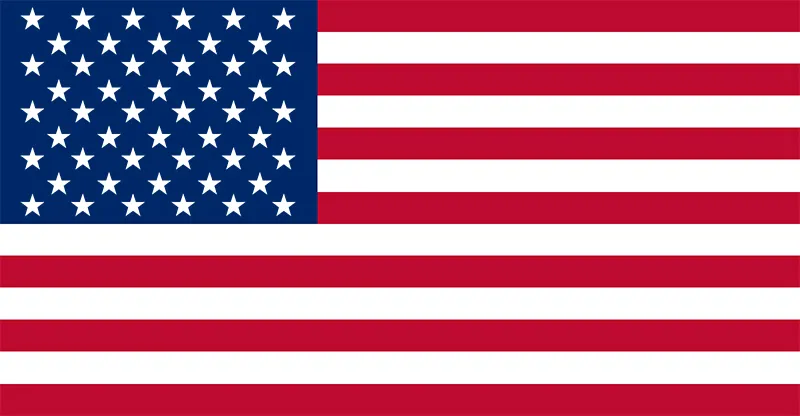 USA
USA